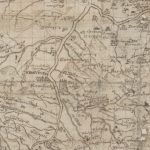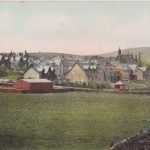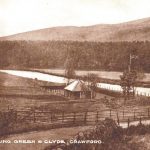This fort was only discovered in 1938 by aerial photography through the work of Professor JKS St Joseph. However, it was not until 1961 that excavations took place and these lasted till 1966. They were undertaken by the Royal Commission for Historic Monument.
The fort itself lies on a terrace to the northeast of Crawford Castle. It overlooks the river Clyde. The location is of strategic importance as it overlooks the course of the main Roman road coming from Carlisle over Beattock northwards in the direction of the Clyde Valley. The road has to cross two small rivers – the Camps Water and Midlock Water before it heads across in the direction of Biggar.

The strategic value of the fort at Crawford is enhanced by the presence of a number of native settlements in the area. The main one being Arbory Hill.
Prior to the construction of the fort at Crawford, there was a marching camp belonging to the Agricolan era (the time when the Romans invaded Scotland for the first time) This is located across the Clyde from the fort and is cut through by the railway. It is one of two marching camps, the better preserved probably belonging to the Antonine period (the second major invasion of Scotland in 138 AD).
The first fort was built about 80AD. It covers about 0.8 hectares (2 acres). The fort measures 116 metres by 69 metres with a rampart about 5 metres thickness. It was protected by two ditches 3 metres wide and 1.1 metres deep. It was further protected by an outlying ditch, which was not so deep. There were two entrances on the northeast and west. These would be protected by a tower with gate. Internally all the buildings were wooden in the first phase. In the centre was a small principia (headquarters) flanked by two granaries. Flanking the granaries were two double sets of barracks. In the southern part of the fort there were two buildings which would be stables.
The garrison probably numbered about between 60-70 men who patrolled the roads to the south and north of Crawford. It is thought that this fort was abandoned as early as 86AD due to a coin found in a demolition layer. However, this is unlikely as finds at the Castledykes would suggest that troops were withdrawn by Trajan about 100AD to fight in the Dacian Wars in Romania.
A second fort was constructed on the site. This has been thought to be Antonine through the discovery of denarii of Trajan and Hadrian on the floor of the sarcellum (treasury/bank) in the H.Q. (Principia) might indicate that the Romans came north in the time of Hadrian to establish a protective zone during the building of Hadrian’s Wall.
The fort’s orientation was changed although it was still the same size. The H.Q. now faced east to west instead of north to south. The internal buildings were now built of stone. Apart from the H.Q., there was a granary and a commander’s house in the centre of the fort. The buildings in the centre were flanked on each side by four buildings, making a total of eight.
The buildings would be used to house both troops and horses. It is unlikely that the mounted troops would have been replaced infantry. These troops would be auxiliary soldiers recruited by the different parts of the Roman Empire.
The third fort on the site saw several of the outer ditches being filled in and the size of the fort increased till it now covered 2.7 acres. The new rampart was increased in width to approximately six metres, and the outermost ditch was now the inner ditch. A new outer ditch was added. These alterations took place in the Antonine period, so there was only a small space of time between the abandonment of the second fort and it reoccupation after a rebellion occurred in Northern Britain about 155AD. This was quickly suppressed.
The Buildings were only slightly altered in the third period. There is one exception, and that is one building was used for metal working – re-furbishing weapons etc. Exactly which unit was stationed here is unknown.
The discovery of Castor Ware indicates a possible occupation till 170AD. This is possible given the discovery at Castledykes of a worn sestertius of Lucilla, daughter of Marcus Aurelius and wife of his co-emperor Lucius Verus. The withdrawal seems to be fairly orderly and may have been due to pressures on the Roman Empire brought about by the attempted incursions on the Danube frontier.
Also, the Black Death ravaged the Empire and the population went down by a third, thus precipitating a manpower crisis… so the fort was abandoned and the garrison was withdrawn never to return.
Unless otherwise stated, all text, images, and other media content are protected under copyright. If you wish to share any content featured on Clydesdale's Heritage, please get in touch to request permission.




